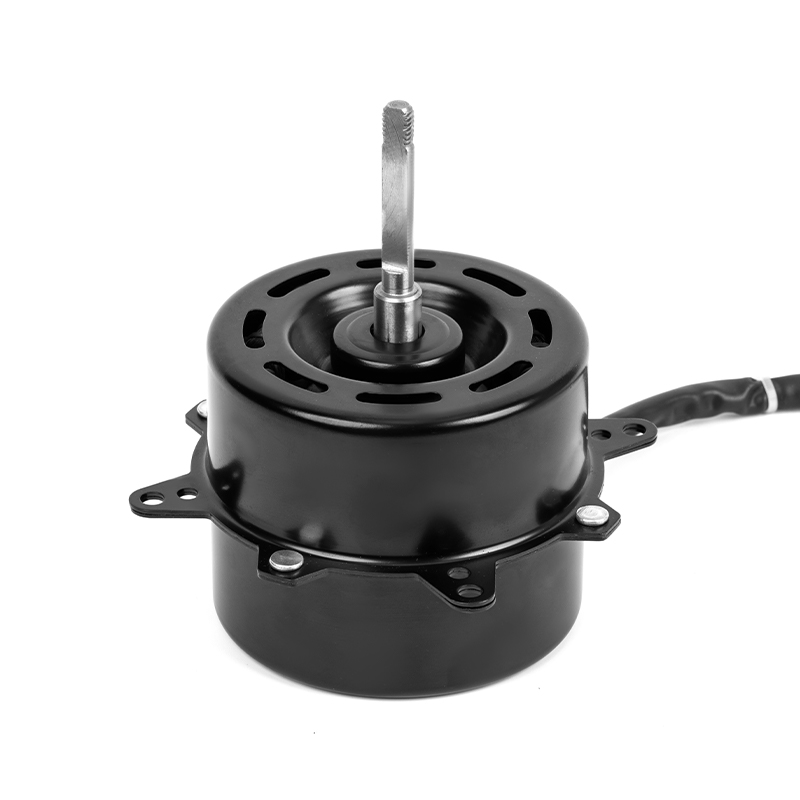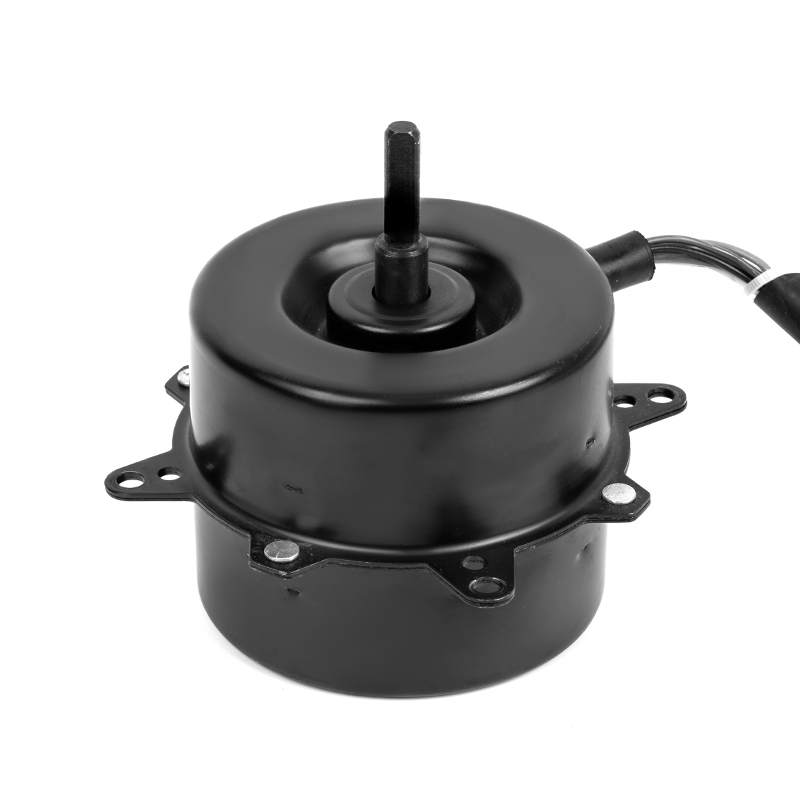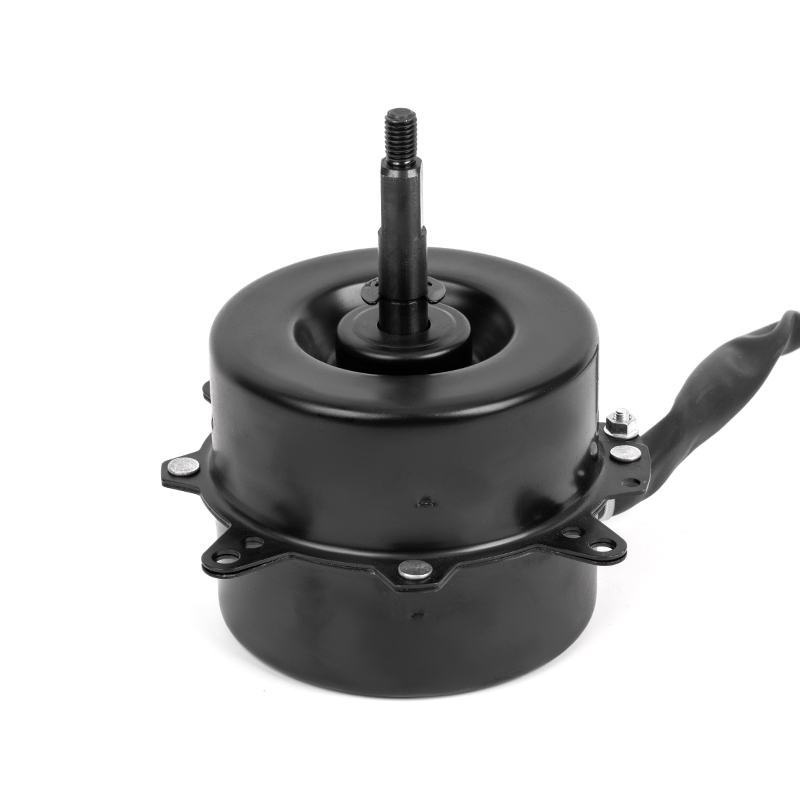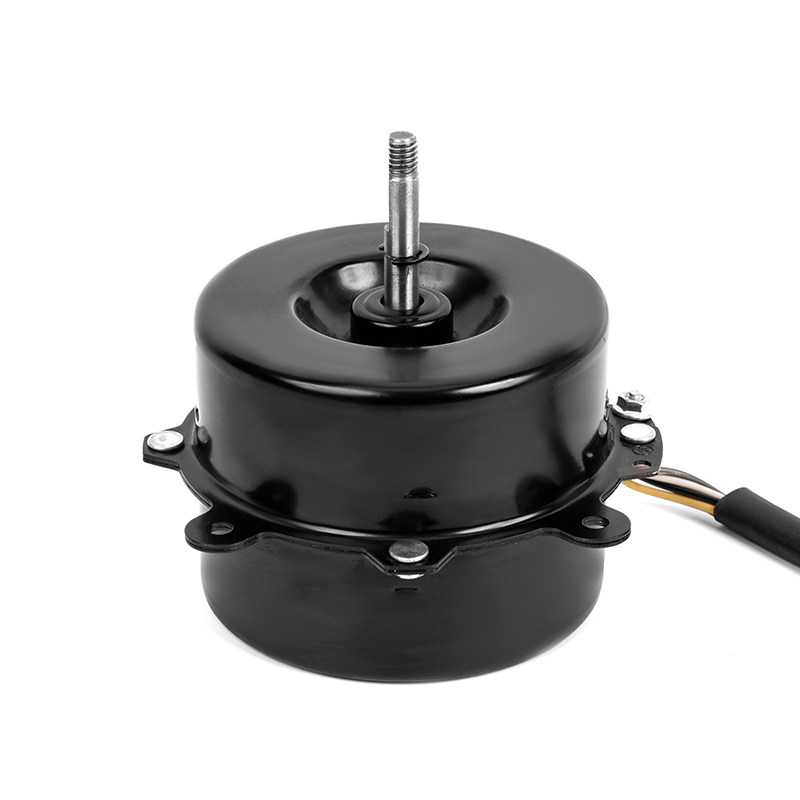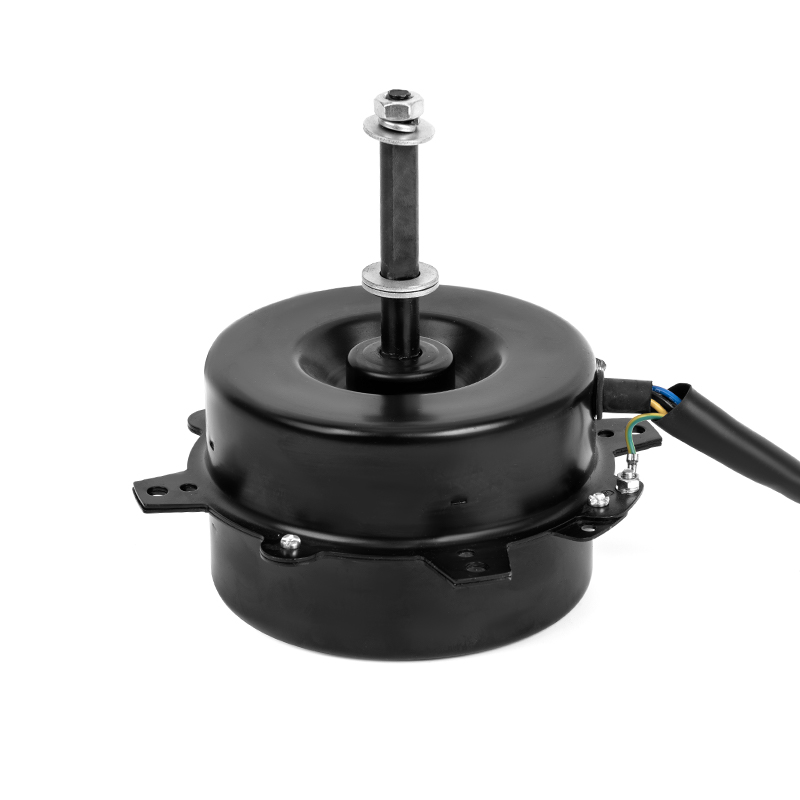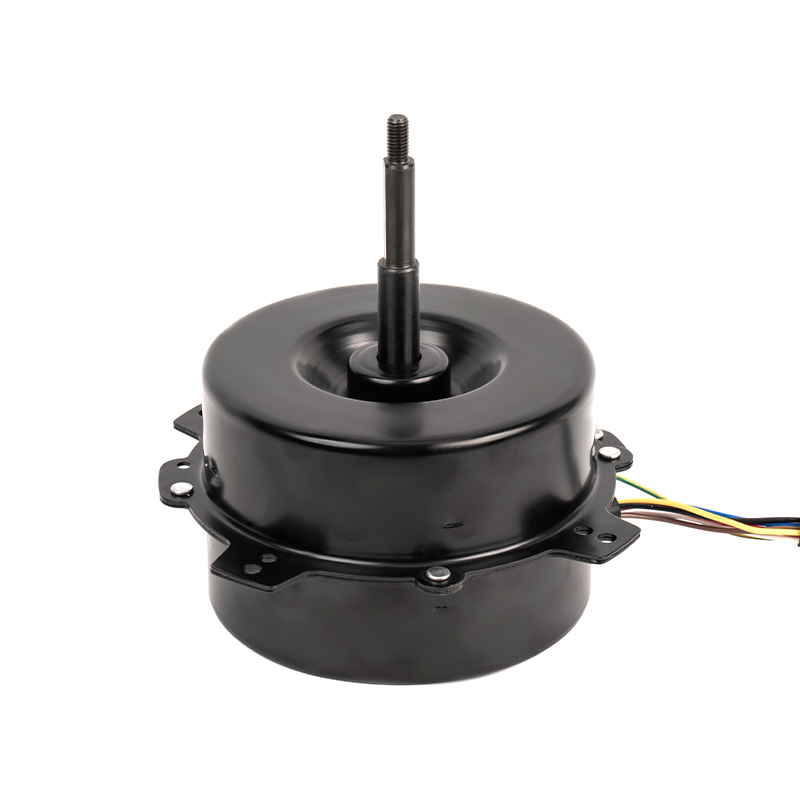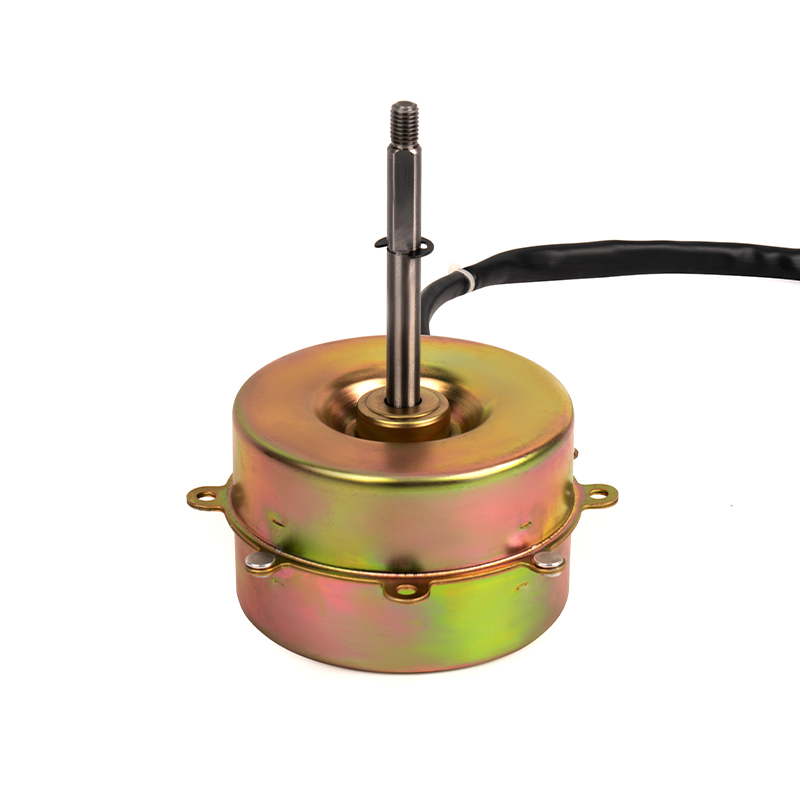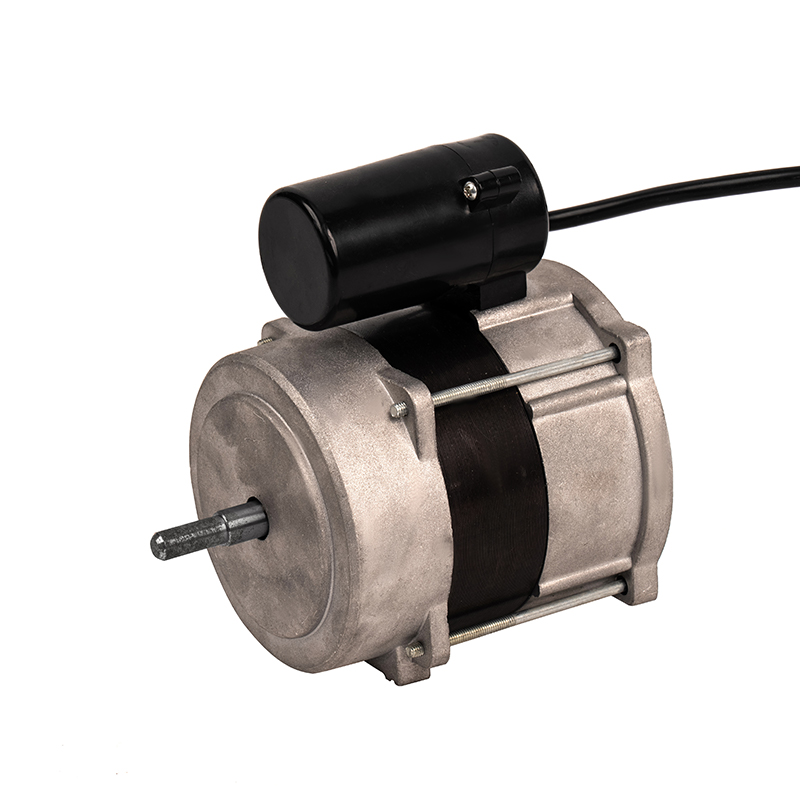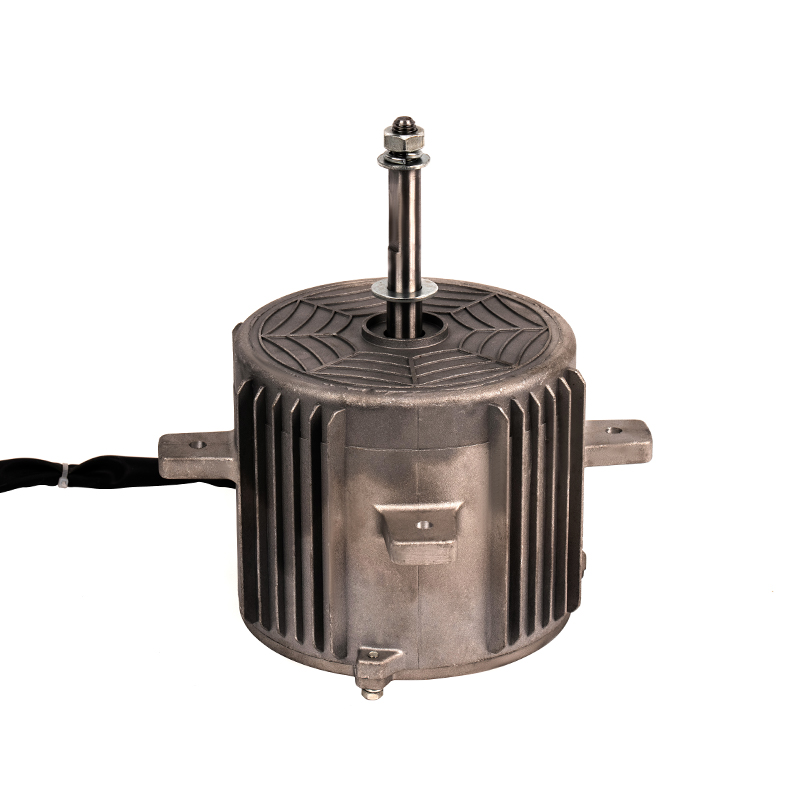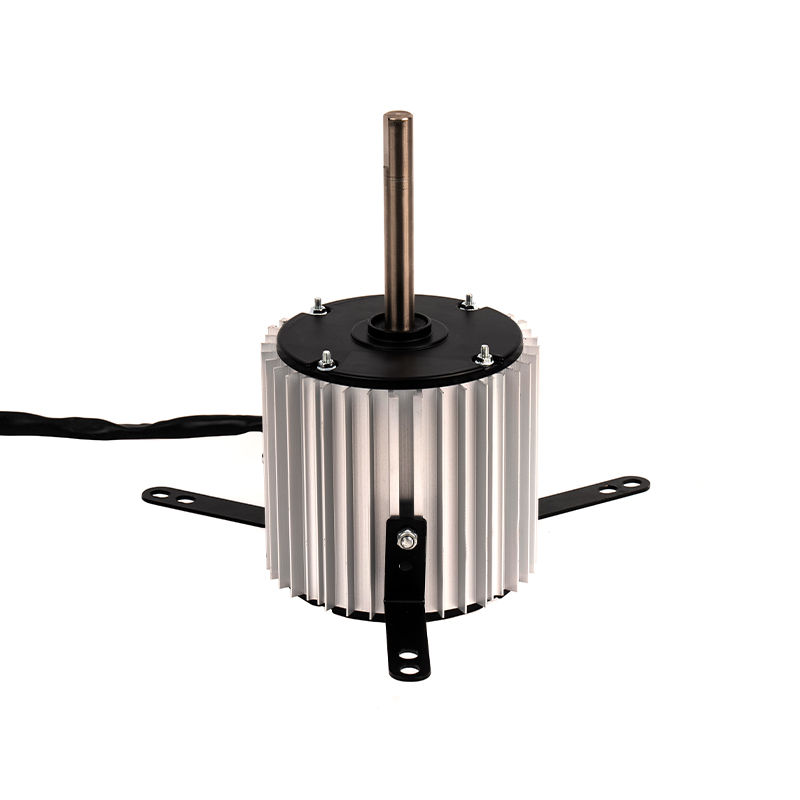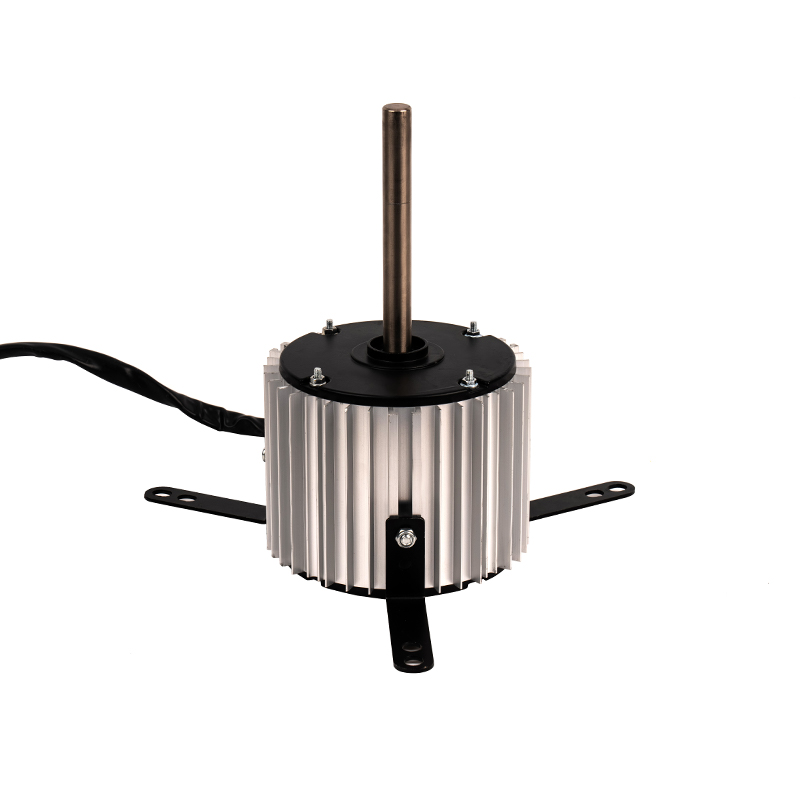When selecting a small DC motor for precision tasks, the torque and speed ratings must align with the operational demands of the system. Torque refers to the rotational force that the motor can apply, and it’s crucial to choose a motor that can produce enough torque to handle the load or mechanical resistance without stalling or overheating. The motor’s speed (RPM) should be controllable within the desired range. Too high a speed could result in imprecise movements, while too low could lead to slow operations or a lack of power. Often, the required torque is directly related to the mechanical load, so understanding the operational environment is key. For tasks like robotic arms or automated machinery, motors that offer adjustable speed are beneficial, enabling fine control for different phases of the operation, such as acceleration, deceleration, and holding positions.
The small DC motor should ideally be part of a closed-loop control system to ensure precision. Incorporating feedback devices, such as encoders or potentiometers, provides real-time data on the motor’s performance, enabling dynamic adjustments based on speed, position, and direction. Motor controllers are critical in fine-tuning the motor’s response. A motor with PWM (Pulse Width Modulation) capability allows for smoother speed control and is often paired with PID (Proportional-Integral-Derivative) controllers for high-precision tasks. Low backlash in gears or direct-drive systems is also critical for maintaining accuracy, particularly for applications where even small errors can result in performance degradation, such as in CNC machines or precision robotics.
For high-precision systems, size and form factor play a significant role in both mechanical and electrical integration. A small DC motor needs to be compact enough to fit within space constraints without sacrificing performance. For robotics, this is particularly important in tight spaces, such as in mobile robots, drones, or robotic arms. When selecting the motor, it is essential to consider the motor’s mounting compatibility, shaft length, and diameter. Compatibility with other components, such as gears or actuators, is also crucial to ensure seamless integration into the system. Choosing the correct form factor ensures the motor can be positioned properly and offers a good balance of performance and space-saving in a system.
The power requirements of the motor must align with the overall system’s power supply. Small DC motors come with various voltage and current ratings, and selecting the correct values ensures optimal performance and prevents damage due to overvoltage or undervoltage. Voltage ratings directly impact the motor’s speed and power, while current ratings determine how much load the motor can carry without overheating or becoming inefficient. Efficiency is also a key factor—high-efficiency motors reduce overall energy consumption and heat generation, which is especially critical in battery-operated robotic systems. Lower power consumption translates to longer battery life and less thermal stress, contributing to more stable long-term operation. Efficient motors help extend battery life, particularly in autonomous robots or mobile applications where power usage is a concern.
For high-precision tasks, motors are often part of a closed-loop system, which continuously monitors and adjusts the motor’s performance based on feedback from sensors. This feedback is typically provided by encoders, which track the motor’s position, speed, and direction to ensure accuracy. Feedback allows for real-time corrections to movement, ensuring the motor responds accurately to changes in load or environment. A feedback system can enhance the precision of the motor and maintain the system's accuracy, even under varying operational conditions. The integration of position sensors ensures that the motor can perform highly controlled movements, which is essential for tasks such as path-following in robotic navigation or automated assembly lines.



 English
English عربى
عربى ++86 13524608688
++86 13524608688